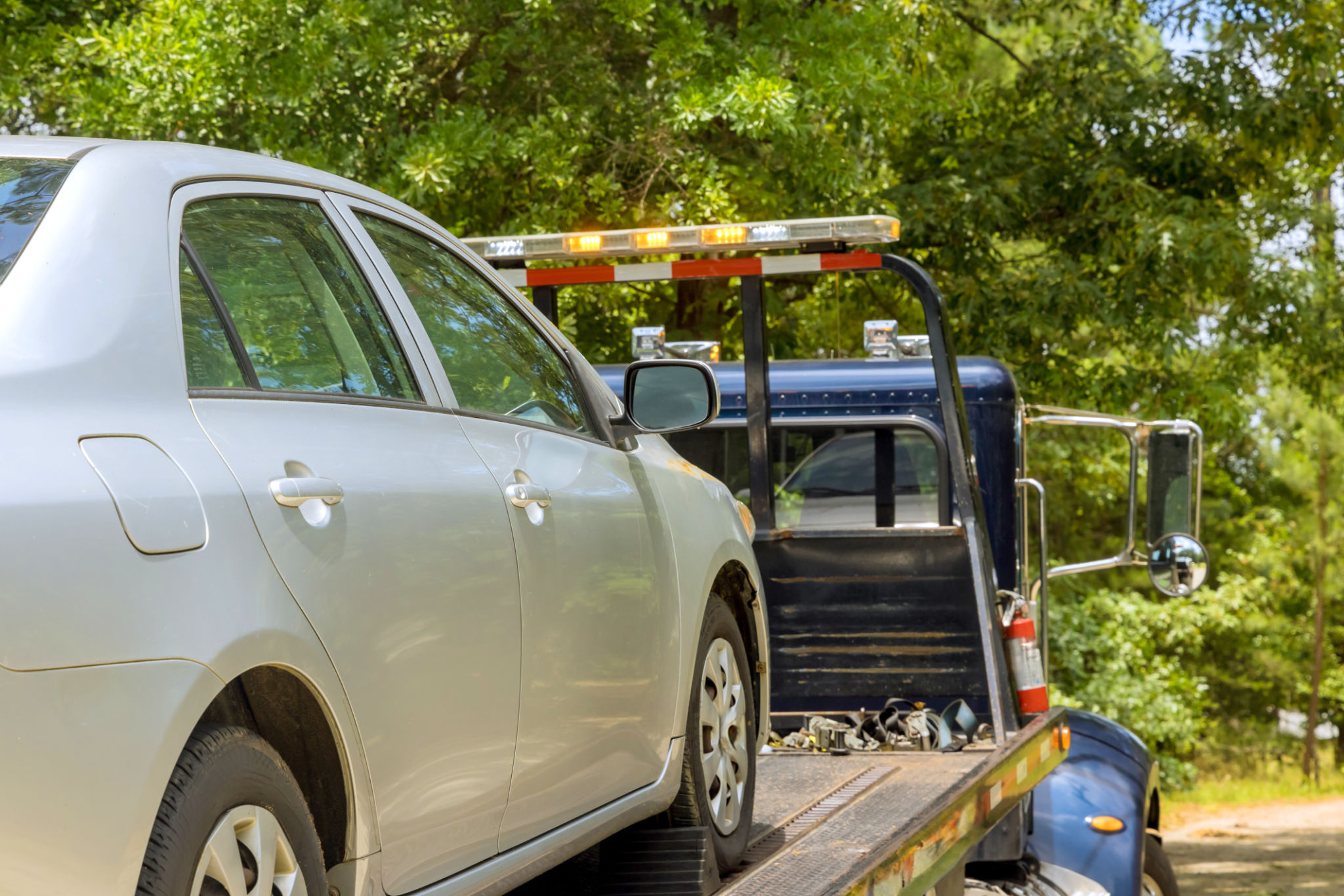Comparing Roadside Assistance Plans: What You Need to Know
SN
Understanding Roadside Assistance Plans
When you find yourself stranded on the side of the road, a reliable roadside assistance plan can be a lifesaver. However, with so many options available, it can be challenging to determine which plan best suits your needs. This guide will help you compare different plans and highlight what you need to know before making a decision.

Types of Roadside Assistance Plans
Roadside assistance plans generally come in two main types: those offered by car manufacturers and those provided by third-party companies. Manufacturer plans are typically included with new car purchases and offer limited coverage for a set period. On the other hand, third-party providers, such as insurance companies or auto clubs, offer more flexible and customizable plans.
When assessing these options, consider what services are essential for your needs. Some basic services include towing, battery jump-starts, flat tire changes, and lockout services. More comprehensive plans may offer additional benefits like trip interruption coverage or emergency travel assistance.
Coverage Limits and Restrictions
One of the most critical factors to consider when comparing roadside assistance plans is the coverage limits. These can vary significantly between providers and plans. For example, some plans may only cover towing up to a certain distance, while others offer unlimited towing within a specific region.

Additionally, be aware of any restrictions that may apply. Some plans may only cover specific vehicle types or have limitations on the number of service calls you can make per year. Always read the fine print to ensure the plan meets your expectations.
Cost vs. Benefits
The cost of roadside assistance plans can vary widely based on the level of coverage and provider. It’s essential to weigh the cost against the benefits offered. While a cheaper plan may be attractive, it might not provide the coverage you need in an emergency.
Consider creating a list of potential scenarios where you might need roadside assistance and evaluate how each plan addresses those situations. This approach can help you determine if the plan's cost is justified by the benefits.

Reputation and Customer Reviews
Another critical aspect to consider is the reputation of the provider. Research customer reviews and testimonials to gauge the reliability and customer service quality of each provider. A company with a strong track record of quick response times and satisfactory resolutions can provide peace of mind when you're stranded.
Additionally, check if the provider has a wide network of service providers in your area or along your regular travel routes. A broad network ensures quicker assistance and a more seamless experience when you need help.
Additional Features and Perks
Some roadside assistance plans come with additional features that can enhance their value. These might include discounts on travel-related expenses, access to mobile apps for real-time updates, or concierge services for booking accommodations during travel disruptions.
These perks can be particularly appealing if you frequently travel long distances or rely heavily on your vehicle for your daily commute. Evaluate these extras to determine their relevance to your lifestyle and whether they justify paying a premium for the plan.
Making the Right Choice
Ultimately, choosing the right roadside assistance plan involves balancing cost, coverage, reputation, and additional features. By thoroughly comparing your options and understanding your personal needs, you can select a plan that provides peace of mind and reliable support when you need it most.
Remember, investing time in researching now can save you from stress and unexpected expenses on the road later. Happy motoring!